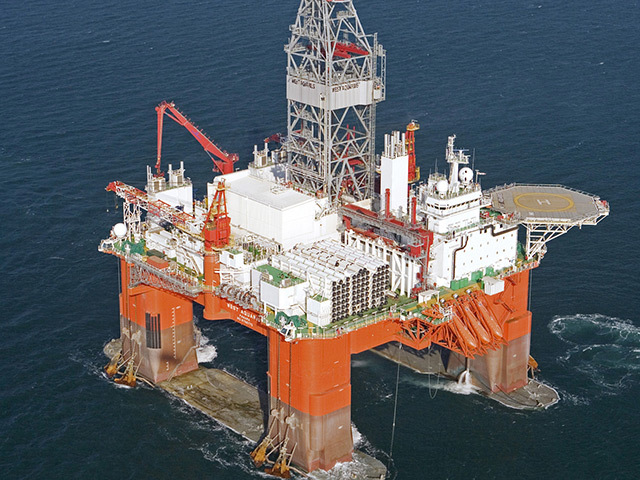
Canadian authorities said drilling was suspended on a well off the east coast following an unauthorised discharge of synthetic based drilling mud (SBM).
The Canada-Nova Scotia Offshore Petroleum Board (CNSOPB) said the discharge came from Seadrill’s West Aquarius rig, which was drilling a well for BP.
About 136 cubic metres leaked out, the regulator estimated.
West Aquarius is currently located about 330 kilometers from Halifax.
A spokesman for CNSOPB said: “The discharge has been stopped. A remote operated vehicle was launched to determine the source of the discharge. Preliminary indications is that it is from piping that forms part of the mud system approximately 30 metres below sea level.
“The well is secure and drilling has been suspended while the cause of the discharge is investigated. Drilling of the well will not resume until BP Canada receives approval from the CNSOPB that it may proceed.
“CNSOPB staff have been monitoring the situation since first notified earlier today. The Canadian Coast Guard was also notified.”
Synthetic based mud is a heavy, dense fluid used during drilling to lubricate the drill pipe and overbalance reservoir pressure. Because of its weight, the mud sinks rapidly in the water column to the sea floor. The synthetic based oil used in SBM is of low toxicity.
Because of this, effects of SBM spills are typically limited to the area immediately surrounding the well site and are associated with physical smothering of the seabed due to coverage by the mud.
